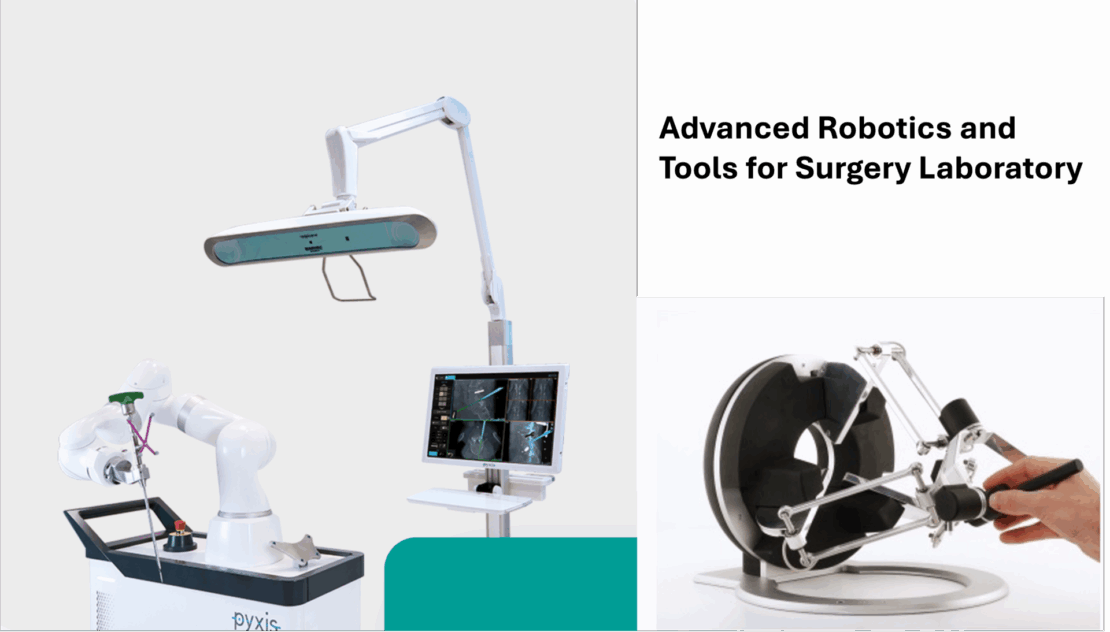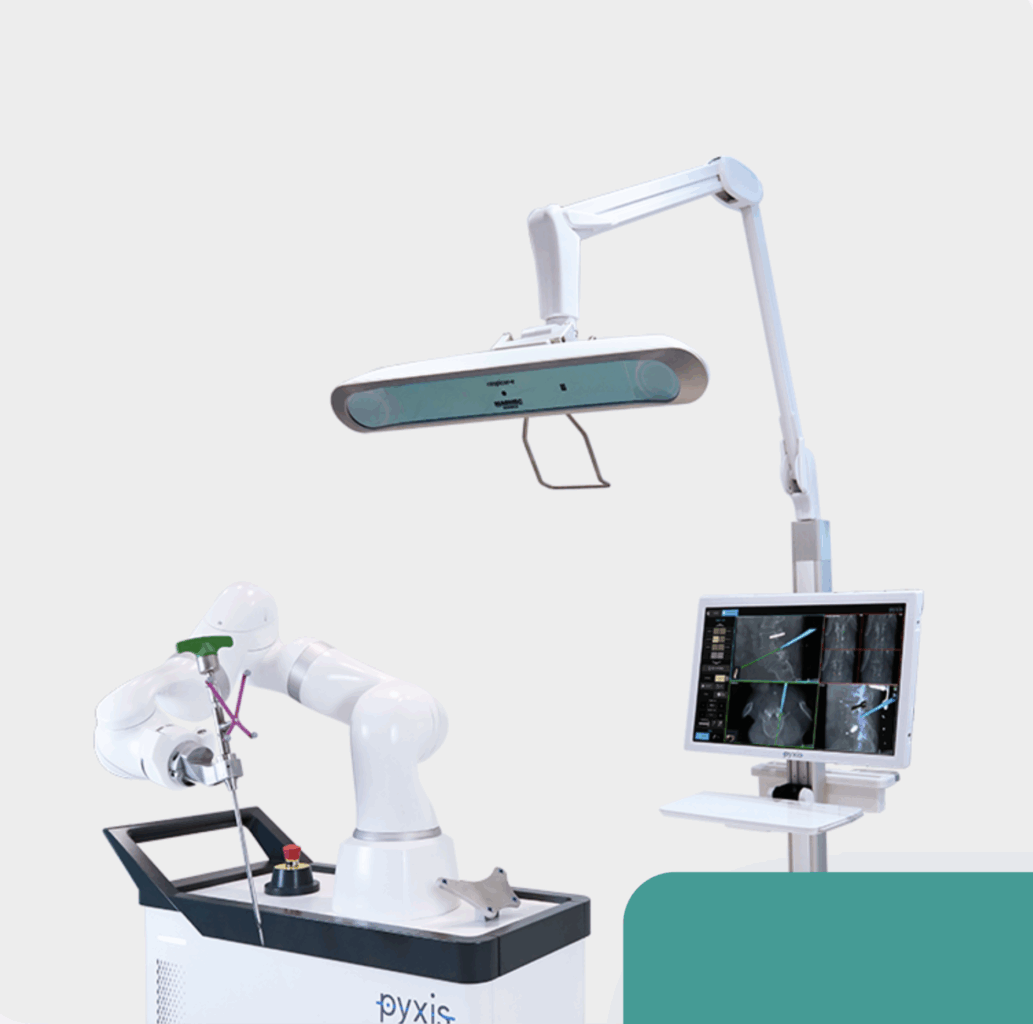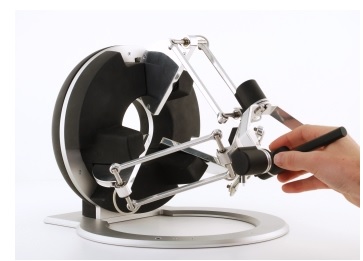
Location: DEI – Politecnico di Bari
Lab head: Prof. Vitoantonio Bevilacqua
Contact: vitoantonio.bevilacqua@poliba.it
Lab Team
Lab Mission
The laboratory has the objective to create a facility for developing tools and applications for remote robotic surgery: advanced technology for surgery (intraoperative navigation systems and tools, collaborative robots, human-machine, and human-computer interaction), and an IoT-based platform for setting-up telemedicine services during robotic surgery. The design, implementation and simulation of Digital Twins (DTs) prototypes of systems for remote robotic surgery will allow the optimal design of the whole infrastructure to support the remote surgery, such as mobile networks or robot control parameters in case of human-interactions.
Link: https://labinfind.poliba.it/ricerca-scientifica/pnrr/brief/arts/
Scientific publications
Scardigno, R. M., Brunetti, A., Marvulli, P. M., Carli, R., Dotoli, M., Bevilacqua, V., & Buongiorno, D. (2025). CALIMAR-GAN: An unpaired mask-guided attention network for metal artifact reduction in CT scans. Computerized Medical Imaging and Graphics, 102565. doi: 10.1016/j.compmedimag.2025.102565
Brunetti, A., Buongiorno, D., Altini, N., Bevilacqua, V. Enabling Technologies for Optimized Diagnosis, Therapy and Rehabilitation: Obtained Results and Future Works. In: Bochicchio, M., Siciliano, P., Monteriù, A., Bettelli, A., De Fano, D. (eds) Ambient Assisted Living. ForItAAL 2023. Lecture Notes in Bioengineering. Springer, Cham. doi: 10.1007/978-3-031-63913-5_19
Rashid, Adnan, and Tommaso Pecorella. Is 6LoWPAN-ND necessary?(Spoiler alert: Yes). Computer Networks (2024). doi: 10.1016/j.comnet.2024.110535
Devices

Collaborative Robot and Surgical navigator for Neurosurgery, Orthopedy, and Biopsies with workstations.
The entire system is composed of the hardware and software equipment of a non-hospital operating room, to simulate diagnosis and surgery activities for the vertebral, cranio-encephalic and prostate districts.
Specifically, the Robot-assisted Surgical Navigation System:
- allows:
- simulation and testing of intraoperative services;
- the development of algorithms and the subsequent validation of innovative procedures;
- is:
- modular from software and hardware perspectives;
- usable for the vertebral, cranio-encephalic, prostatic districts;
- expandable to other navigable anatomical districts;
- is composed of the following 3 platforms:
- Platform for intraoperative navigation that includes workstations for processing and display units; an ultrasound module with the corresponding probe and a tracking unit for tracking all the systems;
- Robotic platform that is based on an anthropomorphic and collaborative robot characterize by seven degrees of freedom with position and torque sensors (payload not less than 14 kg and range of action at least equal to 800mm) and equipped with a positioning end-effector and supplied with a dedicated cannula for the introduction of surgical instruments;
- Software platform that enables all the standard services of a robot-based intraoperative surgical navigation system and allows the customization of the main functionalities.
Data sheet:
Orion Surgical Navigator – Link
Pyxis Robotic Platform for Surgery – Link
Note:

Desktop Haptic Interfaces – Dual Force dimension omega.6
The dual Force dimension omega.6 system is composed of two Force dimension omega.6 devices. The omega.6 is the most advanced pen-shaped force-feedback device available. Its design provides perfect decoupling of translations and rotations. The combination of full gravity compensation and driftless calibration contributes to greater user comfort and accuracy. The omega.6 is designed for demanding applications where performance and reliability are critical.
Data sheet:
Dual omega.6 – Link
Note:












